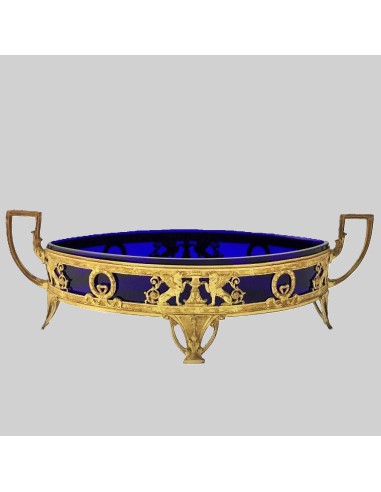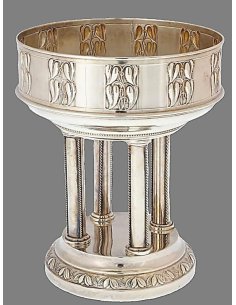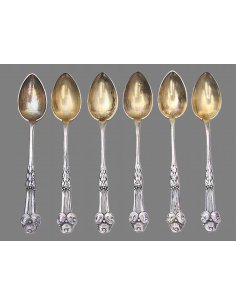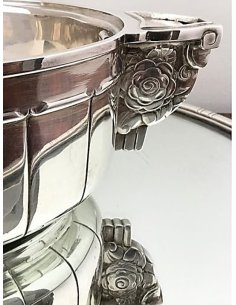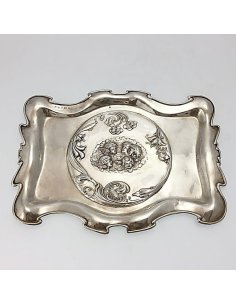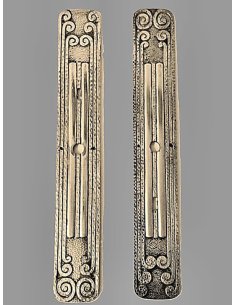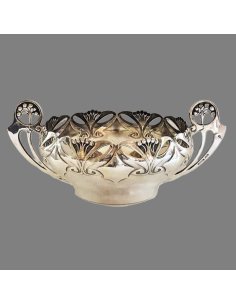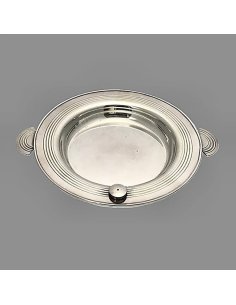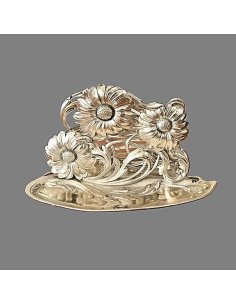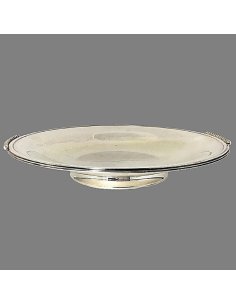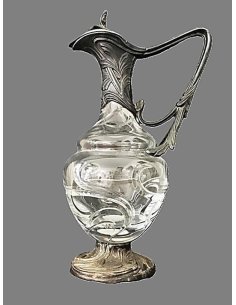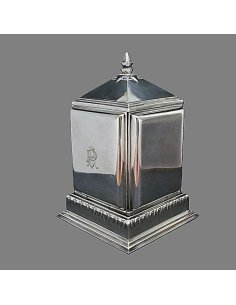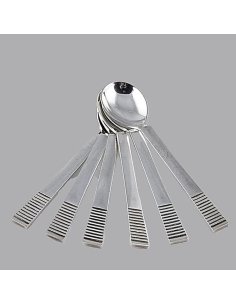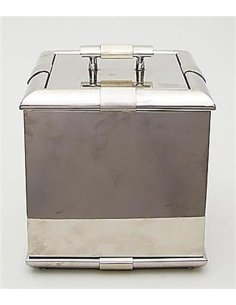This representative Empire-style jardinière was created in France in the late 19th century during the reign of Napoleon III. It is exemplary of the Empire Revival (ca. 1860–1890), which revived and reinterpreted the neoclassical design language of the early 19th century.
The finely crafted, oval mount stands on three conical feet. It is made of fire-gilt bronze. It features a surrounding, openwork gallery with antique-style ornaments such as griffins, laurel wreaths, and ribbon motifs. Two side handles frame the form. The removable cobalt-blue glass insert creates a beautiful color contrast with the gleaming golden bronze.
Flower bowls of this type served as decorative vessels for flower arrangements on tables, consoles, or sideboards in wealthy interiors in the 19th century. In France, and partly also in Belgium, such pieces were deliberately reproduced in the First Empire style as an homage to the Napoleonic era. Classical motifs such as eagles, griffins, and laurel were incorporated into the canon of representative art and executed using contemporary manufacturing techniques.
Typical of late 19th-century decorative arts is the combination of historicizing forms and luxurious material effects. Similar works were created in Parisian workshops specializing in high-quality artistic bronzes.

